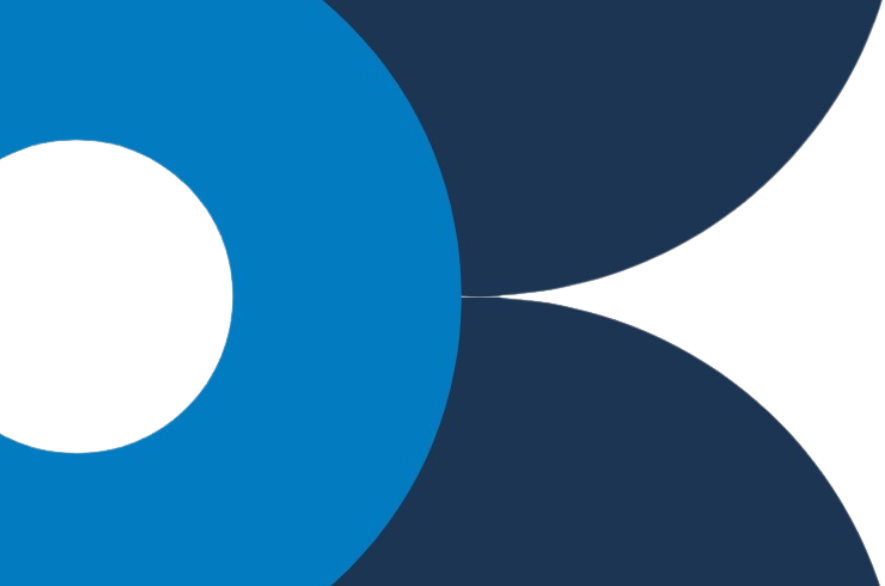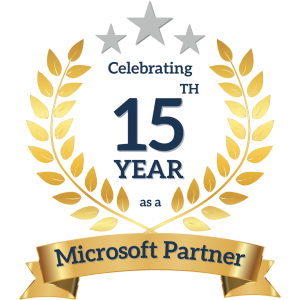Why Microsoft Fabric Is the Future of Data Analytics
One platform. All your data. Fabric is changing the game here’s why enterprises are adopting it now.
The Rise of Microsoft Fabric
Data is the most valuable asset for modern enterprises, yet many organizations remain held back by fragmented systems, redundant data pipelines, and siloed teams. Traditional architectures whether purely data warehouses or data lakes often fall short when asked to handle the scale, variety, and speed required by today’s analytics needs.
This is where Microsoft Fabric emerges as a true disruptor. Positioned as a unified data analytics platform, Fabric integrates data engineering, data science, real-time analytics, governance, and visualization into one seamless environment.
With Microsoft Fabric adoption accelerating across industries, businesses are turning to this next-generation platform to modernize operations, reduce costs, and unlock new levels of agility.
Why Microsoft Fabric Is the Future of Analytics
Unlike legacy approaches, Fabric offers the lakehouse vs data warehouse advantage—it does not force enterprises to choose between flexibility and structure. Instead, it brings both together through OneLake, a single, enterprise-wide data foundation.
Key Differentiators
- Unified Data Architecture – Fabric combines the best of lakes and warehouses, simplifying pipelines and enabling a single source of truth.
- Seamless Power BI Integration – Insights are delivered directly to decision-makers, reducing the time from raw data to actionable intelligence.
- Real-Time Analytics – With native support for streaming data, Fabric powers real-time analytics critical for fraud detection, supply chain optimization, and customer engagement.
- Cost-Effective Modernization – By consolidating vendors, Fabric reduces total cost of ownership while improving scalability and governance.
- AI and Machine Learning Enablement – Built-in tools empower organizations to move from descriptive to predictive and prescriptive analytics.
This holistic approach is why many CIOs and CTOs now ask:
The answer lies in its ability to modernize and future-proof analytics on the cloud
Cloud 9 Insights: Driving Data Modernization with Fabric
At Cloud 9 Infosystems, we specialize in guiding enterprises through data modernization with Azure and Microsoft Fabric. Our expertise in Fabric deployment and Power BI integration has enabled clients across financial services, manufacturing, and retail to achieve transformational outcomes.
Fabric use cases across industries:
- Financial Services – Risk modelling, regulatory compliance, and real-time fraud detection.
- Manufacturing – IoT-driven predictive maintenance, production optimization, and quality assurance.
- Retail – Unified customer analytics, inventory forecasting, and personalized promotions.
By adopting Fabric, organizations not only simplify their data stack but also gain the agility to innovate faster and respond to market dynamics in real time.
Just like Microsoft Copilot is transforming productivity, Microsoft Fabric is redefining how enterprises derive intelligence from their data.
How to Implement Microsoft Fabric Analytics
Enterprises exploring how to implement Microsoft Fabric analytics should start with a structured roadmap.
At Cloud 9, we recommend a phased approach:
- Assessment and Strategy – Evaluate the current data landscape, identify overlaps, and define Fabric migration goals.
- Pilot Use Cases – Begin with high-value scenarios such as financial dashboards or real-time supply chain monitoring.
- Fabric Deployment – Build out OneLake, establish governance, and integrate Fabric with Power BI.
- Scale Across the Enterprise – Expand adoption to data science, AI/ML, and advanced analytics workloads.
- Continuous Optimization – Monitor performance, costs, and compliance while implementing new best practices.
This approach ensures enterprises maximize ROI while minimizing risk.
Best Practices for Microsoft Fabric Adoption
To ensure successful adoption, organizations should follow these proven best practices:
- Adopt a lakehouse-first strategy to consolidate data into OneLake.
- Empower business users with self-service Power BI Fabric dashboards.
- Establish governance frameworks early for security, compliance, and cost control.
- Leverage Fabric’s built-in AI for forecasting and anomaly detection.
- Prioritize high-impact use cases to demonstrate measurable value quickly.
These practices make adoption sustainable, scalable, and aligned with enterprise objectives.
The Future Is Fabric
The world of analytics is shifting from fragmented tools to unified platforms. Microsoft Fabric delivers on that promise by offering a modern, end-to-end ecosystem that integrates data engineering, science, warehousing, and visualization all within Azure.
At Cloud 9 Infosystems, we believe Fabric is more than just the next step in analytics it’s the future of data analytics. With its unique combination of unified data architecture, Power BI integration, and real-time capabilities, Fabric enables enterprises to transform how they manage, analyze, and act on data.
For organizations evaluating modernization strategies, the choice is clear:
Fabric vs traditional data warehouses is no longer a debate it’s a leap forward.
Ready to Transform Your Data Landscape?
Accelerate your journey to modern, AI-driven analytics with Microsoft Fabric and Cloud 9 Infosystems.
As a Microsoft Solutions Partner with deep Azure and data expertise, Cloud 9 helps enterprises design, deploy, and optimize Fabric for measurable outcomes.
or visit cloud9infosystems.com to explore how we can help you modernize your data with confidence.
FAQs on Microsoft Fabric
Q1. What is Microsoft Fabric?
Microsoft Fabric is a unified data analytics platform from Microsoft that connects data engineering, data science, and business intelligence in one place using OneLake and Power BI.
Q2. How is Microsoft Fabric different from a data warehouse?
Fabric combines the flexibility of a data lake with the structure of a data warehouse, giving businesses a single, modern lakehouse for all analytics needs.
Q3. What are the main benefits of Microsoft Fabric?
It offers real-time analytics, AI-driven insights, lower costs, and a single source of truth through OneLake and Power BI integration.
Q4. How does Microsoft Fabric support real-time analytics?
Fabric processes streaming data instantly, helping companies track insights for fraud detection, supply chain, or IoT operations in real time.
Q5. How can Cloud 9 Infosystems help?
Cloud 9 Infosystems helps organizations plan, deploy, and optimize Microsoft Fabric—integrating Azure, OneLake, and Power BI for faster results and better ROI.
Q6. Is Microsoft Fabric secure?
Yes. Fabric runs on Microsoft Azure, ensuring enterprise-grade security, compliance, and governance for all your data.
Recent Posts
Latest Blogs

Azure AI Foundry: Operationalizing Enterprise AI Agents at Scale
As enterprises move beyond AI experimentation, a clear shift is underway. CIOs and technology leaders are no longer asking if AI can help but how

Microsoft Licensing 101: How to Optimize Your Microsoft 365, Dynamics & Azure Investments
Licensing is one of the most underestimated drivers of IT cost efficiency. For many organizations, the hidden costs of unused seats, overprovisioned bundles, and idle

AI Agents Are Here: But Are They Working for You or Against You?
A Cloud 9 Guide to Securing the Agentic Era Artificial Intelligence has entered a new chapter, the age of autonomous AI agents. These agents schedule





 Visit India Website
Visit India Website